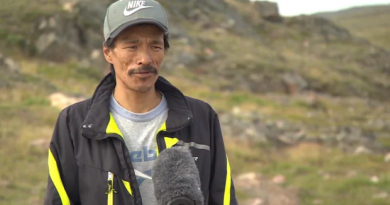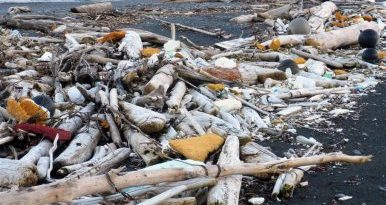Top 5 weather stories in the Canadian North for 2020

What a year! For many, 2020 is one we’re happy to leave behind.
So much happened over the last 12 months, and that includes weather events in the North. I’ve tracked storm systems, watched records shatter, and forecasted day after day of rain and blizzard conditions this year.
Because of that, I have come up with our list of biggest weather events across the Canadian territories this year. But, let me tell you, it was hard to come up with the top five. Let’s dive in.
Record breaking heat in the Arctic
In the summer, the Arctic Circle recorded its hottest temperature ever. It happened in Verkhoyansk, a small town in Russia where the thermometer reached a staggering 38 C. Yes, the same place that was at -52 C a few days ago.
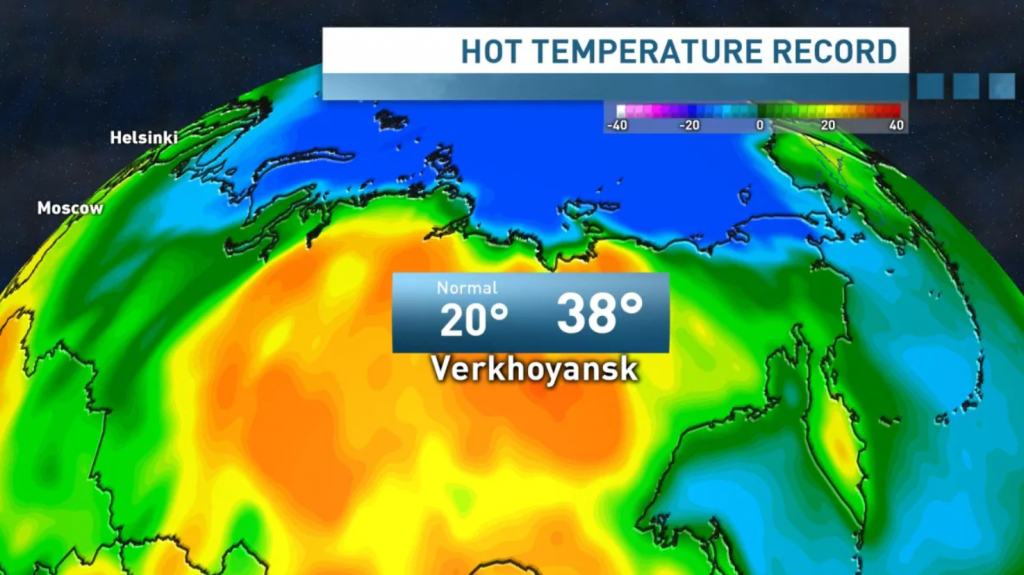
Now, on our side of the Arctic Ocean, Nunavut and the Canadian Arctic were in for a summer of record breaking heat. Some of the communities hardest hit by these record breaking temps were Kugaaruk, Baker Lake, Alert and Gjoa Haven.
Alert, Canada’s northernmost community, also shattered its June temperature record — getting to 18.8 C on the 28th.
Rain, rain and more rain in the west
Almost every single day in the summer (okay maybe not that much) I said it was going to rain in Yukon and over through the southwest corner of the N.W.T. System after system passed through the region from the Pacific and Alaska with troughs of low pressure into the prairies.
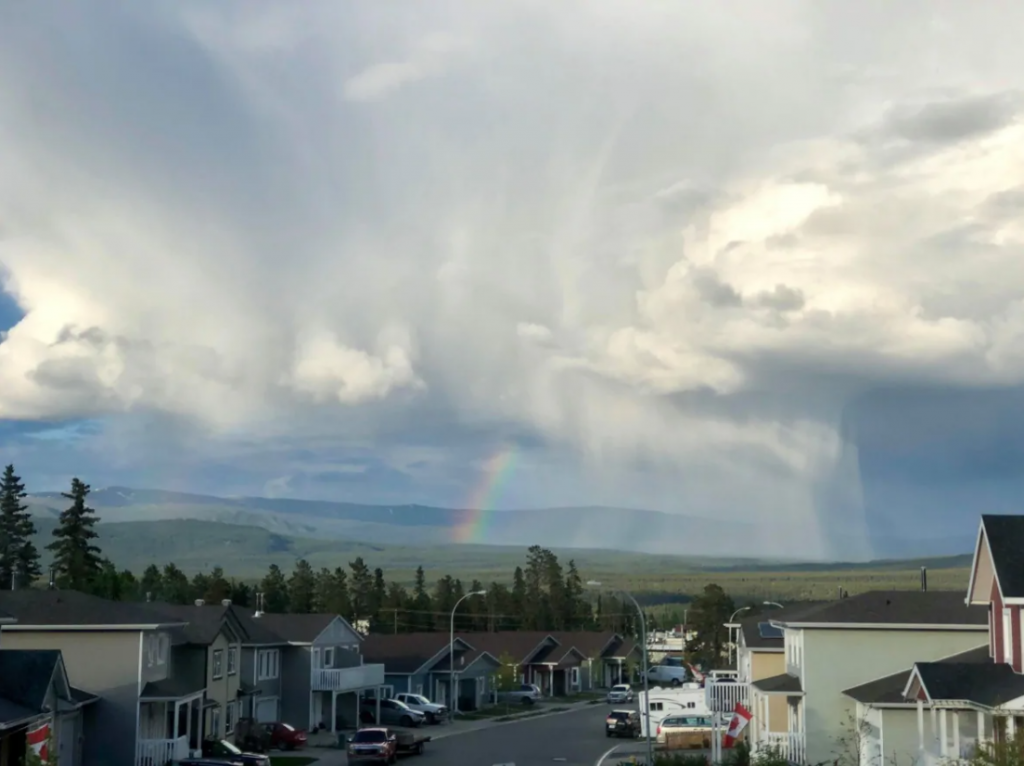
Yohin Lake in Nahanni National Park recorded 85.2 millimeters of rainfall in just two days, on Aug. 18 and 19, while the summer’s most rainy day in the North was recorded at Sambaa K’e with 54.3 millimetres falling on July 22.
Those living along Great Slave Lake, the Mackenzie River, the Liard River and really any waterways in the N.W.T. noticed the high water levels as well. The combination of rain in the summer after a snowy winter and spring led to higher water levels along all the bodies of water in the territory. This weather story continued to be the case even as freeze-up occurred.
Another part of this big weather story: higher rain meant a record low wildfire season.
Rare ozone hole in the Arctic
Over the winter, it was unusually cold in the same areas for a long time. For this you can blame the polar vortex. It is a large area of extremely cold air that develops every year in the winter. It is held at the poles by the polar jet stream, which sometimes (and often) wobbles. Across North America, people complain and talk about when the polar vortex makes its way south into the provinces or even the United States.
Throughout most of the winter, both in the upper atmosphere and at the surface, cold air was the story. This also led to polar stratospheric clouds — clouds that only form with cold temperatures — which, mixed with pollutants, ate away at the ozone layer. All this combined to create an ozone hole which opened over the Arctic after sunlight returned in February.
The hole in the ozone layer was open for almost a month. This is the layer of the atmosphere that shields the planet from UV radiation.
Big Yukon snowstorm
November started with a snow storm that many Yukoners dubbed their very own “snowmageddon.” Winter storms warnings, snowfall warnings and blizzard warnings were the norm for two days as the southern part of the territory dug its way out.
This weather event was caused by a Pacific low that went straight for Yukon from the Gulf of Alaska, bringing moisture and warm air from the south (think Hawaii).
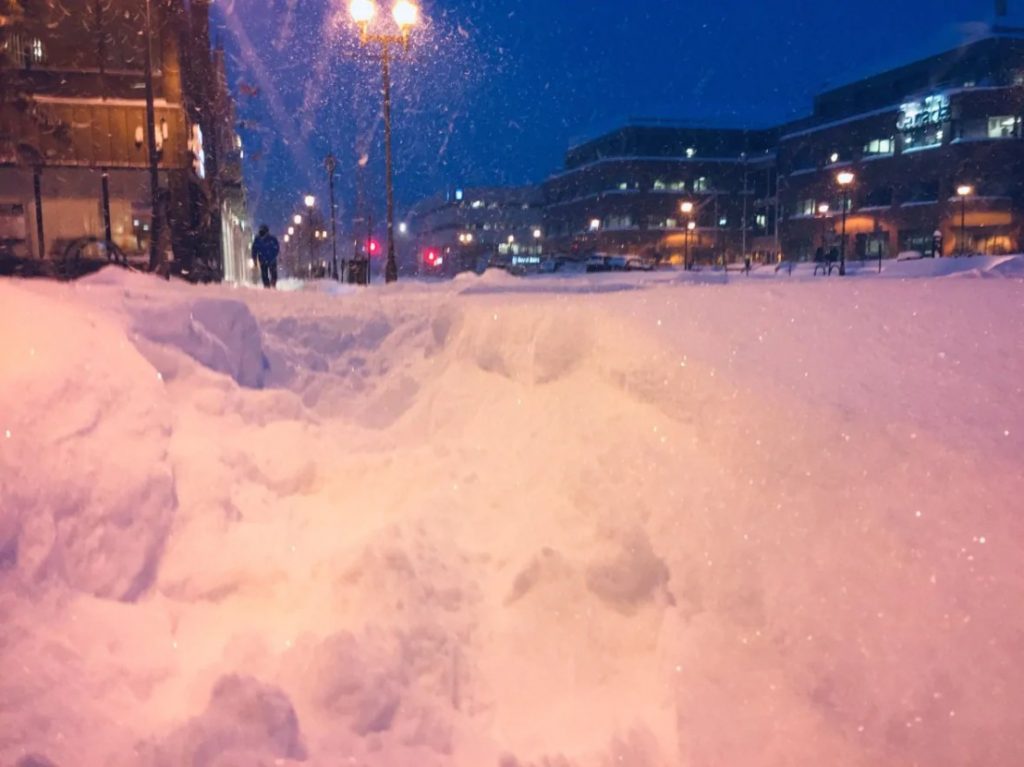
Snowfall totals in the territory were highest in Whitehorse which got to 47 centimetres in 48 hours, followed closely by Teslin (37 centimetres) and Watson Lake (25 centimetres). Both the highways, the South Klondike and Haines Road, were also impacted with closures and blizzard conditions.
Record breaking temperatures to start December
Getting to the last month of the year seemed like a long road, and to start it all off, most people in the territories were confused by which month it was because of the temperatures (maybe that was just me).
The big weather maker in this case was a ridge of high pressure in the upper atmosphere that pulled unseasonably warm air into the territories.
Temperatures soared for a few days between Dec. 1 and 4. Most notably, it reached 10 C in some N.W.T. communities, including Wrigley and Fort Simpson. One of the biggest records was the Norman Wells area where the station outside of town hit 11.1 C, and in town, 10.3 C. This doubled the all-time record for December of 5.8 C.
Another notable record was Paulatuk got to 3 C on Dec. 3, which has a normal around -20 C in early December.
Related stories from around the North:
Canada: 2020 shaping up to be among warmest years on record says WMO, Eye on the Arctic
Greenland: Rise in sea level from ice melt in Greenland and Antarctica match worst-case scenario: study, CBC News
Russia: Record-breaking heat followed by extreme cold on Russian Arctic coast, The Independent Barents Observer
Sweden: Reducing emissions could create up to 3,000 new jobs in Arctic Sweden says mining group, Eye on the Arctic
United States: November ranks 2nd hottest on record for the Arctic and globe, Radio Canada International


